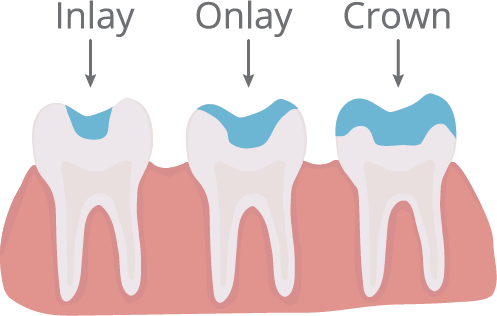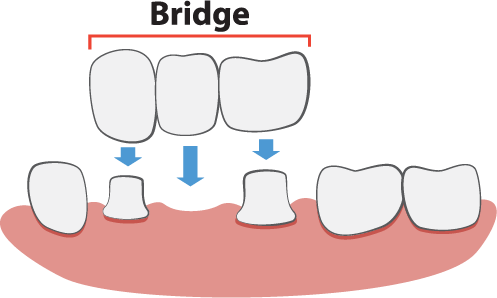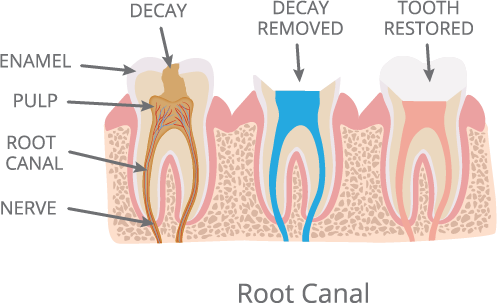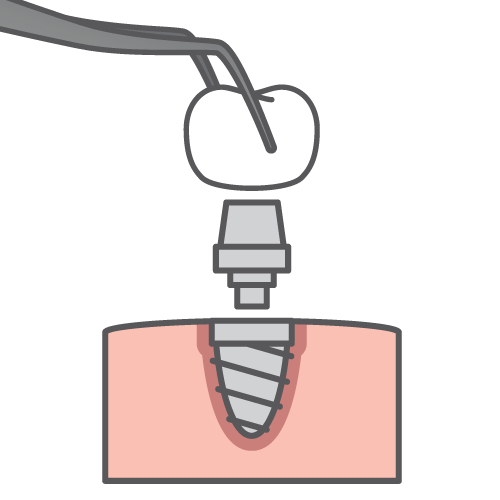"Best dental experience I have ever had. Staff was exceptional in their professionalism. They were all helpful and kind every step of the way during my process of regaining my dental health. Dr. Detrik was amazing throughout the process as well. Informative, professional, and creative. He helped me get my smile back and feel confident about my teeth again."
1/12/2024
“Very personable, knowledgeable, and thorough. They really care about your health and well-being. I felt well taken care of. I have been to three different dentists in town and now feel I have finally found the one that fits my needs."
11/16/2023
“Everyone at VIDA makes going to the dentist as pleasant as possible, especially my dental hygienist. And I still have all my teeth and at 78, that’s saying something.”
12/11/2023
“VIDA Dental Studio is the finest dental facility I have ever experienced & I have lived in NYC, LA, SF, Miami, Hong Kong. Drs. Giron and Detrik get my highest rating, as well as all the staff. If you live in Northern NM, I urge you to check VIDA out. You’ll be glad you did.”
12/21/2023
“Where to start. To put it into context, I was visiting SF for the holidays and needed an emergency appointment to address severe tooth pain that was not responding to OTC meds. First, I was met with a very calm and welcoming voice when Cindy called me back and worked to get me in for an appointment. Second, when I arrived Cindy was again very calm and welcoming, and Liz quickly greeted me and walked through both a routine and more advanced xray/image. These images were integrated into a clinical exam by Dr. Giron who was absolutely top notch from tip to tail. This is one of those special practices that seems to recognize that customer service is the key at every rung of the treatment process. When you integrate that with a dentist who not only knows his stuff, but knows how to explain it in a way that tangible, you have a winning path to success. I am so very thankful for that. Thank you!”
12/27/2023
“My husband and I are so fortunate to be the patients of Dr. Giron and his wonderful staff. His loyalty program helps us as seniors without insurance. Highly recommend!”
Peggy
“Dr. Giron and his entire team are excellent at what they do. From making the appointment, to discussing my insurance options, to the procedure itself this week, it was a first-class experience. I am making the transition to Dr. Giron as my full-time practitioner going forward and couldn't be happier.”
Brad
“The doctor is personable, gentle, and kind. I was very comfortable here…I recommend you to go in and get acquainted while they are still taking new patients.”
Catherine
"Dr. Giron and Dr. Detrik are great dentist and excellent communicators. The office is super nice, and the staff is friendly and courteous. Recently, Dr. Giron was able to see me for an emergency. He provided immediate pain relief and got me into a specialist quickly! I highly recommend Vida Dental!"
David
"Thank you for the utmost care and professionalism! Everything about my experience with VIDA dental was outstanding from the minute I walked in to the moment I left. I am SO happy I found a dental practice that provides such conscientious patient care! Thank you, Dr. Detrik., you provided me absolutely outstanding medical care!"
Susan
"Went here after my dentist retired. Got new upper dentures and bottom veneers and they look great. Dr Detrik and and all his assistants and office staff were amazing. Couldnt imagine a better experience."
Oliver





